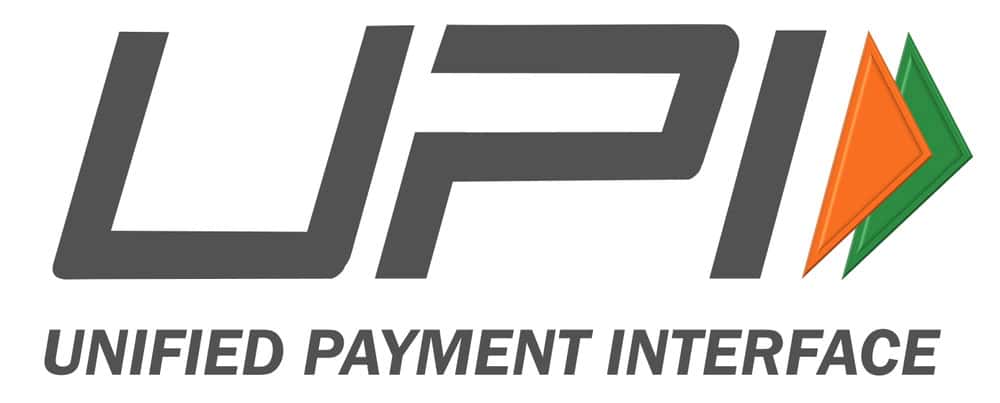The Unified Payments Interface (UPI) has revolutionized the landscape of digital payments in India, emerging as one of the most significant innovations in the financial sector. Launched by the National Payments Corporation of India (NPCI) in April 2016, UPI has rapidly evolved from a nascent technology into a dominant force driving the shift towards a cashless economy. This article explores the evolution of UPI, its role in digital payments, and the current trends shaping its future.
The Evolution of UPI
UPI was conceived as a part of the Indian government’s broader initiative to promote digital payments and financial inclusion. It aimed to simplify the process of transferring money by enabling instant peer-to-peer transactions through mobile devices. Unlike traditional payment systems, UPI allows users to link multiple bank accounts to a single mobile application, facilitating seamless transfers without the need for bank account details.
The initial adoption of UPI was gradual, as consumers and merchants alike were accustomed to conventional payment methods such as cash and card transactions. However, several key developments accelerated its growth:
- Demonetization: The demonetization of high-value currency notes in November 2016 created an immediate need for alternative payment methods. UPI, with its convenience and accessibility, quickly became a preferred choice for many.
- Interoperability: UPI’s ability to operate across different banks and platforms made it highly versatile. This interoperability, combined with a user-friendly interface, encouraged widespread adoption.
- Government Support: The Indian government’s push for digital payments through initiatives like the Digital India campaign and incentives for cashless transactions further boosted UPI’s popularity.
- Partnerships with Fintech: Collaborations with fintech companies and mobile wallet providers helped UPI reach a broader audience, integrating it into various digital services.
The Role of UPI in Digital Payments
UPI has played a pivotal role in transforming India’s digital payment ecosystem. It has democratized access to financial services, making it easier for individuals and businesses, including those in remote and rural areas, to engage in digital transactions. Some key aspects of UPI’s impact include:
- Financial Inclusion: UPI has brought millions of previously unbanked or underbanked individuals into the formal financial system. The ease of creating a UPI ID and linking it to a bank account has enabled more people to participate in the digital economy.
- Cost-Effective Transactions: UPI transactions are typically free or involve minimal charges, making it an attractive option for users and merchants alike. This cost-effectiveness has contributed to its widespread adoption.
- Real-Time Payments: UPI enables real-time fund transfers, reducing the delays associated with traditional payment methods. This feature is particularly beneficial for small businesses and individuals who need immediate access to funds.
- Enhanced Security: UPI’s two-factor authentication process, which involves a combination of a secure PIN and mobile number verification, ensures that transactions are safe and secure.
- Wide Acceptance: UPI is now accepted across a wide range of merchants, from street vendors to large e-commerce platforms. Its integration with QR codes and mobile applications has made it a versatile payment option.
Current Trends in UPI
As UPI continues to evolve, several trends are shaping its future:
- Rising Transaction Volumes: UPI has witnessed exponential growth in transaction volumes. As of 2024, UPI processes billions of transactions monthly, highlighting its role as the backbone of India’s digital payment infrastructure.
- Global Expansion: UPI’s success has sparked interest from other countries looking to implement similar systems. NPCI International Payments Limited (NIPL), the international arm of NPCI, is working to promote UPI’s adoption in countries like Singapore, the UAE, and Bhutan.
- Introduction of UPI 2.0 and 3.0: UPI 2.0 introduced features like overdraft accounts, one-time mandates, and invoice management, further enhancing its functionality. The upcoming UPI 3.0 is expected to bring even more advanced features, such as voice-based payments and biometric authentication.
- Integration with Digital Wallets and Cards: UPI is increasingly being integrated with digital wallets and credit/debit cards, providing users with more payment options. This integration is likely to drive further adoption.
- Expansion into New Sectors: UPI is gradually expanding into sectors like public transportation, education, and healthcare, offering seamless payment solutions across various domains.
- QR Code Payments: The use of UPI-powered QR codes for payments has become ubiquitous, enabling even the smallest vendors to accept digital payments. This trend is expected to continue, with more businesses adopting QR codes as a primary payment method.
- Focus on Security Enhancements: As UPI grows, so does the need for enhanced security measures. NPCI and its partners are continuously working to improve UPI’s security infrastructure, introducing features like tokenization and fraud detection mechanisms.
- Regulatory Support: The Reserve Bank of India (RBI) and other regulatory bodies have been supportive of UPI, providing a conducive environment for its growth. Ongoing regulatory developments are likely to shape UPI’s future trajectory.
Also Read: UPI : Full Form, ID & Its Benefits
Conclusion
UPI has undoubtedly played a transformative role in India’s digital payment landscape. Its evolution from a simple payment system to a comprehensive platform for financial transactions has been remarkable. As UPI continues to grow and adapt to emerging trends, it is poised to remain a cornerstone of India’s digital economy, driving financial inclusion and innovation for years to come.

